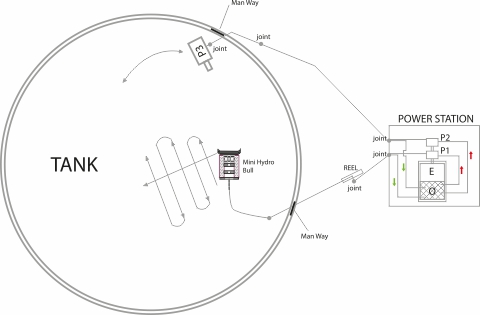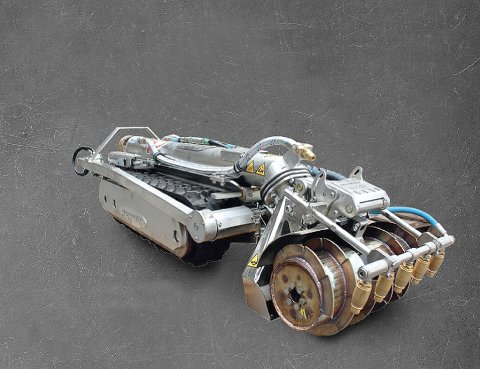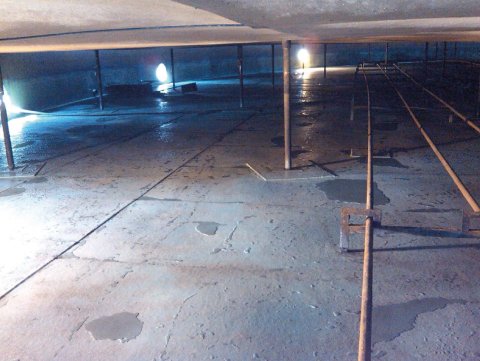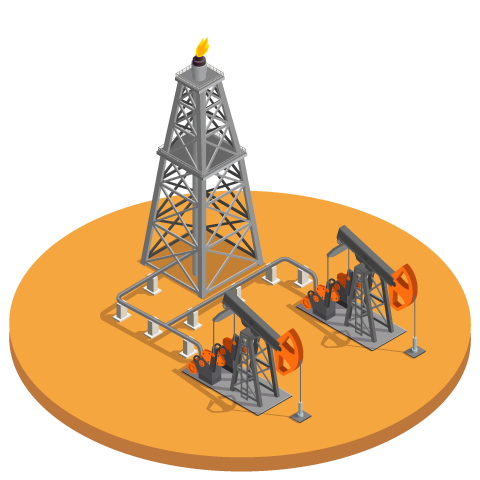Automated Cleaning Process
Process Simulation
Mechanical action of continuous mixing in a stirrer for a determinate time (100 rpm)
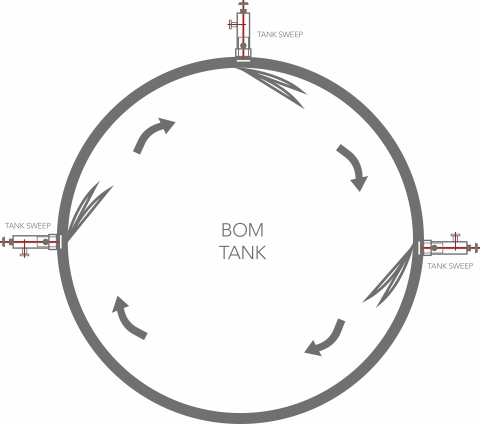
Chemical Action
- Chemicals concentration tested at different levels vs sludge volume
- Crude oil volume vs sludge volume tested to check chemical injection process
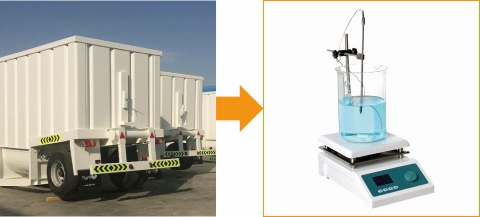
STEP 1
Sludge Mapping & Characterization
Mapping
Thermographic, density and viscosity profiles are taken to determine the quantity of sludge
Characterization
Sampling, density & viscosity profiles and analysis of the sludge enable the optimal tank cleaning strategy to be developed.
| Parameter | Method |
|---|---|
| H2O Marcusson | ASTM D95 |
| Soxhlet Oil | EPA 3540C |
| Soxhlet Residue | EPA 3540C |
| 105 C Residue | APHA 2540G |
| 600 C Residue | APHA 2540G |
| Asphaltenes | IP 143 |
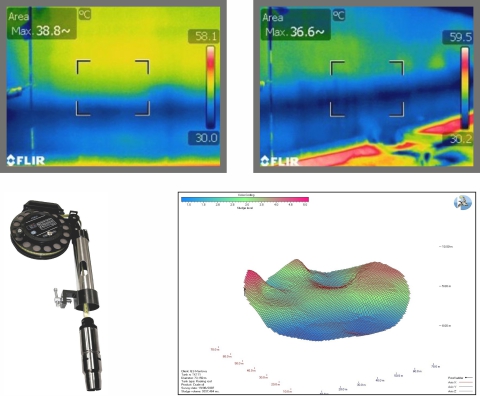
STEP 2
Cold Tapping
Without opening the tank, several bolts are removed from the lateral man-way, leaving 8 bolts in place.
The manhole adaptor, with a gasket, is placed over the man-way and bolted down. The adaptor has 8 larger holes to fit the man-way plate bolts.
Two side valves (10” and 6”) and one 16” (front) valves are installed on the adaptor. The valves are closed and the assembly is leak tested.
Without taking the tank out of service, a cold tapping device is used to cut the man-way.
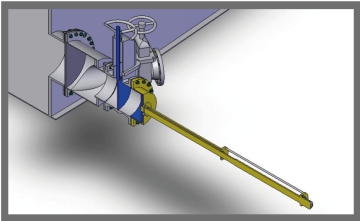
The cold tapping device is bolted in place
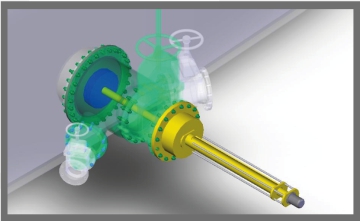
The main valve is opened and the cutting head cuts into the man-way flange.
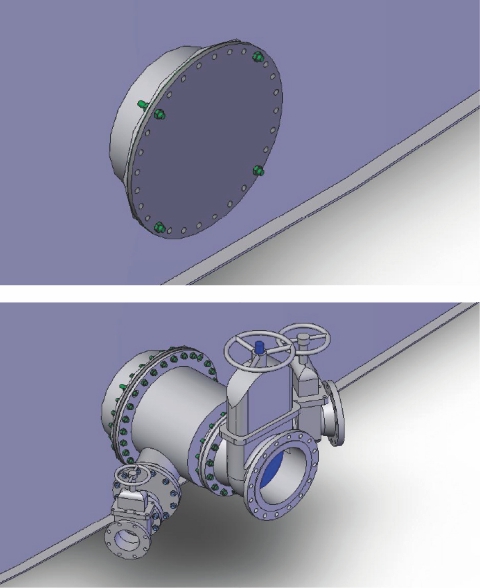
STEP 3
Installing Telescopic Jet
The cold tapping device is removed and replaced by the telescopic jet. The tank remains in service throughout this operation.
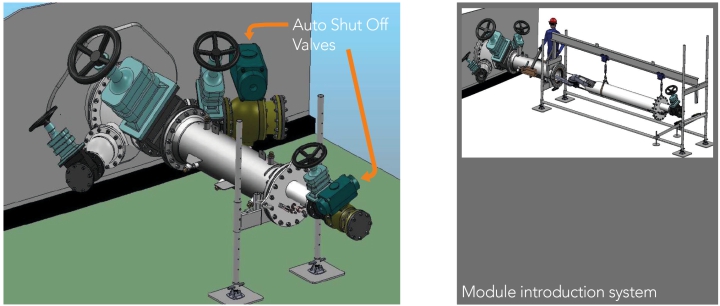
STEP 4
Circulation System
- +/- 20° vertically
- 180° horizontally
- Circulating while filling the tank
- Paraffin suspension and dispersion with mechanical action and chemical injection


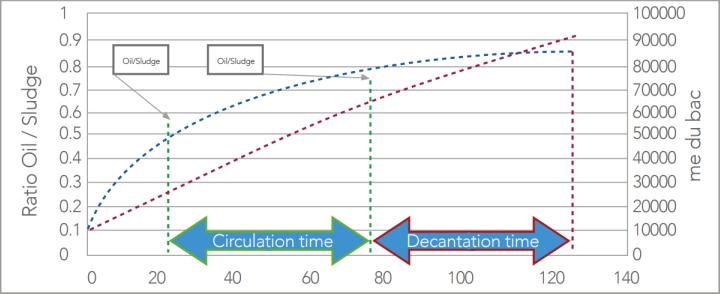
STEP 5
Separation
Paraffin dispersant/surfactant agent action:
Allows oil, fats and hydrocarbons to disperse into water through reduction of surface and interfacial tension.
A temporary stable emulsion is formed which afterwards breaks allowing the hydrocarbons, water and solids to separate in layers.
At the end of the circulation, or more if necessary, the oil and water are separated from the solid phase.
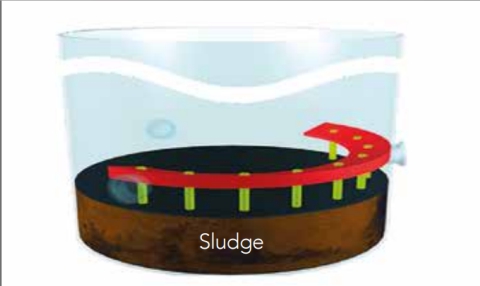
Sludge consisting of sand and gravel mixed with oil and water.
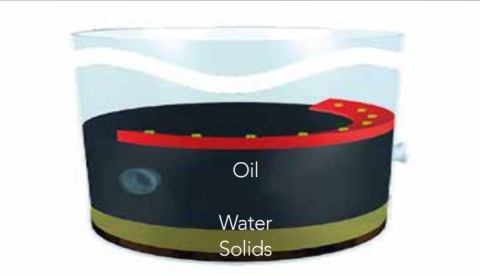
Sludge now has up to 95% of the hydrocarbons removed and returned to the oil phase.
Hydrocarbon can be recovered by customer to be sent to a tanker. After last circulation to empty the tank (if needed) crude oil will be recovered from the 10” valve and thereafter from bottom drains.
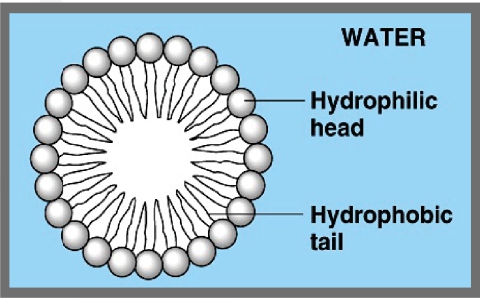
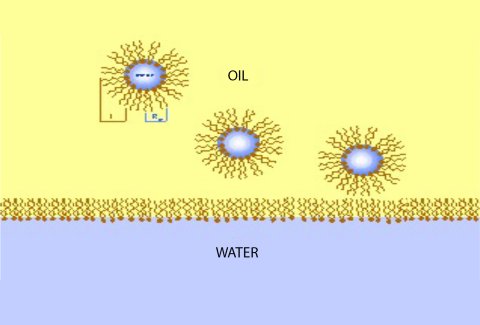
STEP 6
Oil Recovery & Water Disposal
- Tank emptying to a tanker
- Thermal and dipping assessment to check remaining sludge
- Next circulation planning
- Tank always in service
- No influence on tankers offloading program
Crude Oil Quality Control
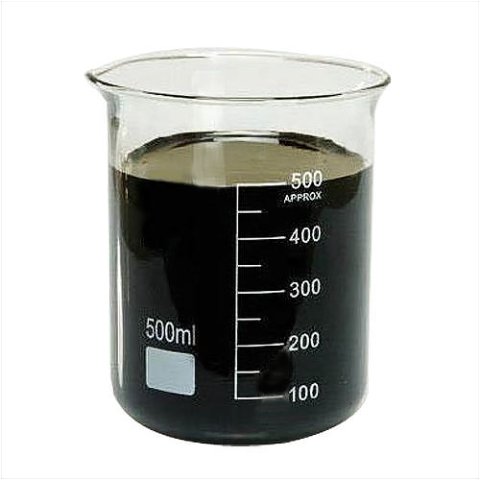
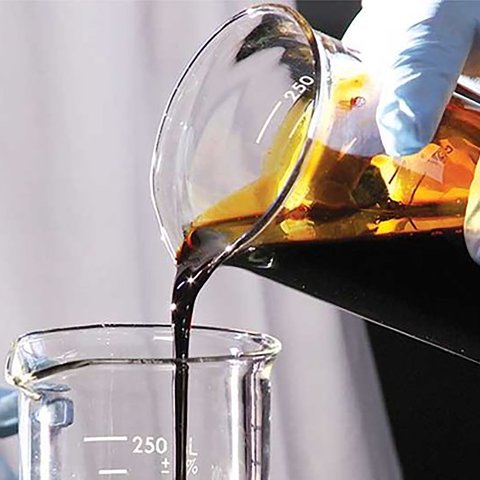
- Centrifugation AT1500 rpm
- MIXING 50/50 WITH Xylène
- Demulsifier add
- Key parameter for oil quality
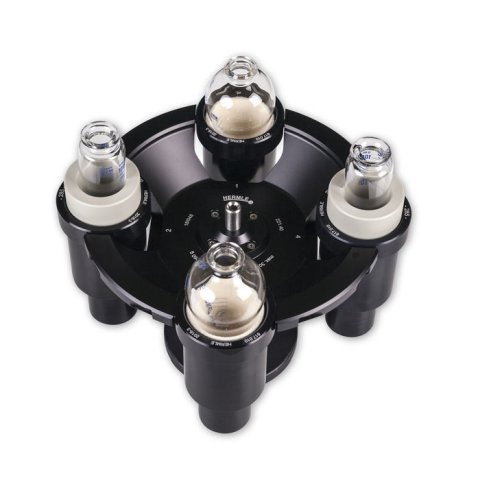
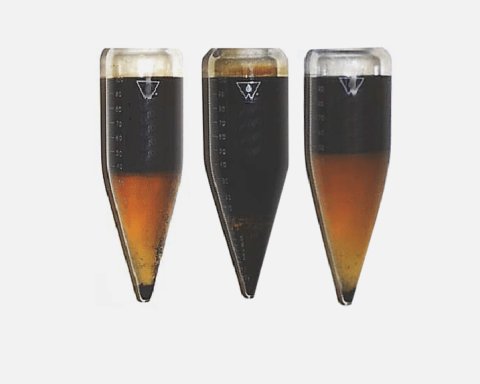
- Centrifugation at 1500 rpm without mixing, long time settling simulation
- Test done at 15 degrees Celsius to simulate minimum tanker hull temperature
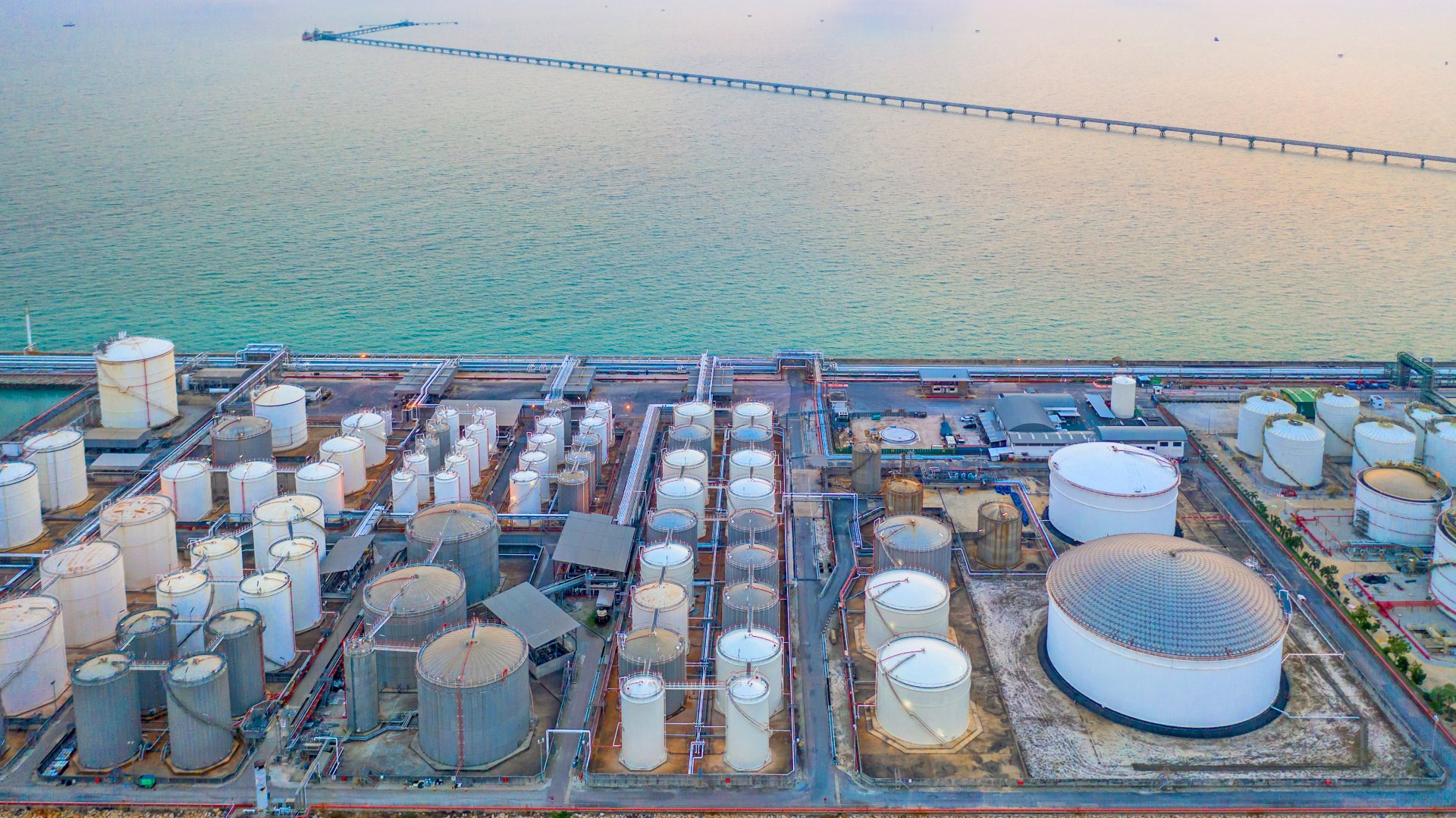
STEP 7
Degassing
With the floating roof lowered, the gas extraction takes place.
The gas is extracted from the tank using a pneumatic Venturi extractor.
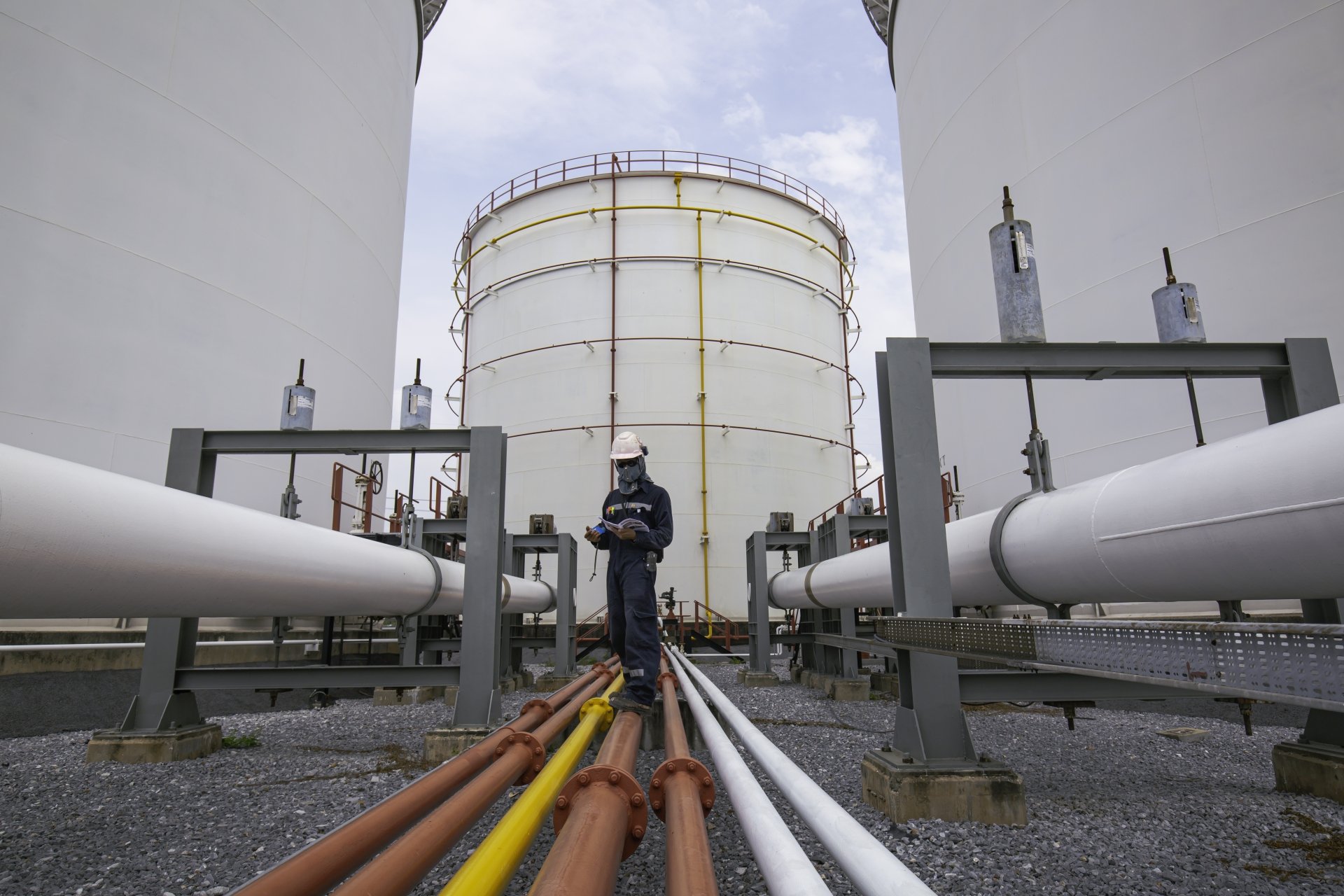
STEP 8
Final Cleaning
- 24V ATEX lighting system installation
- Residual sludge removal
- Automatic tools for removal (Mini Hydrobull)
- Hand Tools utilization – Anti-spark materials (bronze, wood, aluminum)
- Very low CSE man-hours due to maximized sludge recovery during desludging
- H.P. cleaning
- Washing water transfer to a designed point
- Water treatment systems (skimming, clarification) available at request
